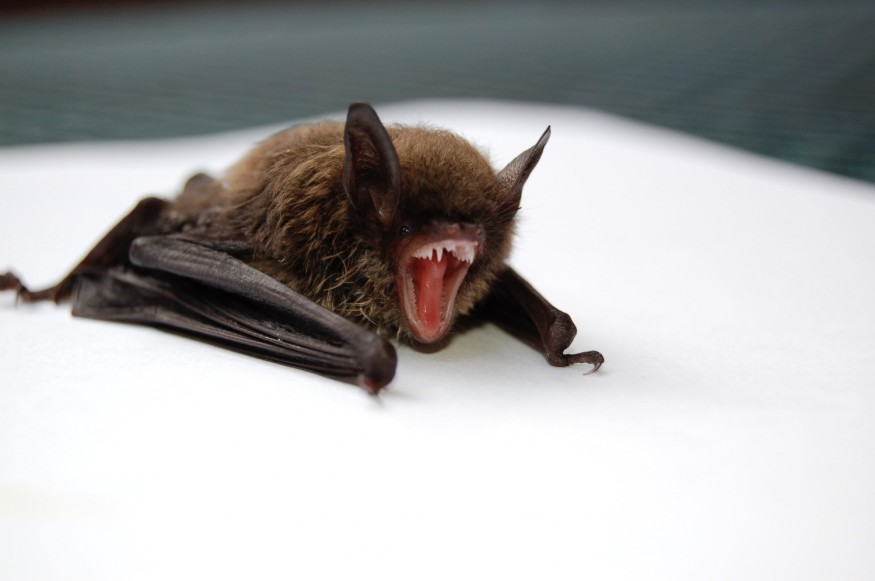Rabies is a deadly but preventable viral disease. According to the Centers for Disease Control and Prevention (CDC), it can spread to people and pets if a rabid animal bites or scratches them. In the US, rabies is usually detected in wild animals, including bats, raccoons, skunks, and foxes although dogs are also known to carry the disease.
The public is advised to stay away from wild animals to prevent contracting the disease. But a bat found in a home in Salem, Marion County, has been tested positive for rabies on Monday, September 26, as confirmed by the Oregon State University Veterinary Diagnostic Laboratory.

Rabid Bats Sighting
Oregon health officials remind the public to take extra care and ensure pets have completed their vaccination to protect them. More so, avoid contact with wildlife and take precautions when attempting to handle a bat by wearing heavy gloves and using a shovel.
Statesman Journal reported that this is the seventh bat confirmed to have rabies in the state this year. Per the Oregon Health Authority, 8% to 10% of the bats tested for rabies are positive each year, making them the most common carriers of the disease in the state.
Bats who are positive for the viral disease usually display signs like flopping around on the ground. Parents are advised not to take children and pets near these bats. If they see a bat behaving unusually, health officials urge them to retreat indoors and take pets inside too.
Meanwhile, Miami County has also seen its first rabies case since 2015. Local news outlet WDTN reports that a new case of rabies was confirmed on September 28 in the county after seven years.
The Miami County Public Health said that the bat with the viral disease had bitten a resident over the weekend. The bat was captured and sent to the Ohio Department of Health laboratory for testing where they found it to be positive for rabies. The person who got bitten has now started receiving rabies shots or also known as post-exposure prophylaxis (PEP).
How To Know if an Animal Is Rabid?
According to the American Veterinary Medical Association (AVMA), only mammals can get rabies. Most rabies occurs in the wild although it can also be found in domesticated animals like cats and dogs. Cats are especially vulnerable because many cat owners do not vaccinate their cats, which as exposed to rabid wildlife.
Government agencies have launched vaccination programs and control of stray animals has been effective so far in preventing rabies in most pets. Approved rabies vaccines are available to some animals although some oral vaccines are being rolled out to be used for mass immunization in wild animals.
An animal infected with rabies will show a variety of signs, like fearfulness, aggression, excessive drooling, difficulty swallowing, staggering, paralysis, and seizures. There are also times when rabid animals are uncharacteristically affectionate.
On the other hand, some animals, like horses and livestock, exhibit symptoms of depression and increased sensitivity to light when infected. Some would even resort to self-mutilation. Rabid animals may also lose their fear of humans and display unusual behavior.
There is no treatment once clinical signs appear in a rabid animal. Rabies infection can only be confirmed after their death through laboratory examination of their brain.
RELATED ARTICLE : Bats in Longmont Test Positive for Rabies, Pet Owners Should Have Up to Date Vaccination: Boulder County Public Health Officials
Check out more news and information on Rabies in Science Times.










